The 8 Best Mineral Sunscreens Are Ideal for Sensitive Skin, Don't Leave a White Cast, and Feel Silky Under Makeup
Zinc and titanium dioxide have entered their good-texture era.


I've spent most of my beauty editor career telling people to wear sunscreen, but mineral SPF has always been the category that sparks the most confusion. Not because it's new (if anything, it's the original sunscreen), but because the formulas have evolved so quickly that most people are still judging them based on versions from ten years ago. The truth is that the best mineral sunscreens have gotten so much better, so much more wearable, and so much more elevated than their reputation gives them credit for.
What makes them different isn't marketing; it's the way they function and the elegant textures they're formulated with. As a refresh, "Mineral sunscreens use zinc oxide and titanium dioxide to sit on the skin and physically deflect UV light," says board-certified dermatologist Jessie Cheung, MD. They don't absorb rays the way chemical filters do; they essentially block them on contact. And while chemical sunscreens can be an excellent option for some, mineral SPFs pose less risk of irritation, making them more compatible with sensitive or recently treated skin. And as someone who regularly tests retinoids, peels, and lasers for work (and for the pursuit of glowing skin), that last part has become non-negotiable for me.
But the real shift is in textures. We're finally seeing mineral SPFs that don't feel like paste: lightweight, airy liquids that sink in, gel-creams that create a seamless base, and tints that cover everything from dark spots to redness. Below are the mineral sunscreens that impressed Team Beauty enough to earn a spot in one of our everyday rotations.
The Best Mineral SPFs
- Best Overall Mineral SPF: Ultra Violette Future Screen SPF 50
- Best Radiant Mineral SPF: Supergoop! Glowscreen Soft-Radiance Drops Mineral SPF 40
- Best Tinted Mineral SPF: Beauty of Joseon Daily Tinted Fluid Sunscreen SPF 40
- Best Mineral SPF for Mature Skin: SkinMedica Essential Defense Mineral Shield Broad-Spectrum SPF 35
- Best Mineral SPF for All Skin Tones: Good Weather Skin The One Daily Sun Cream SPF 30
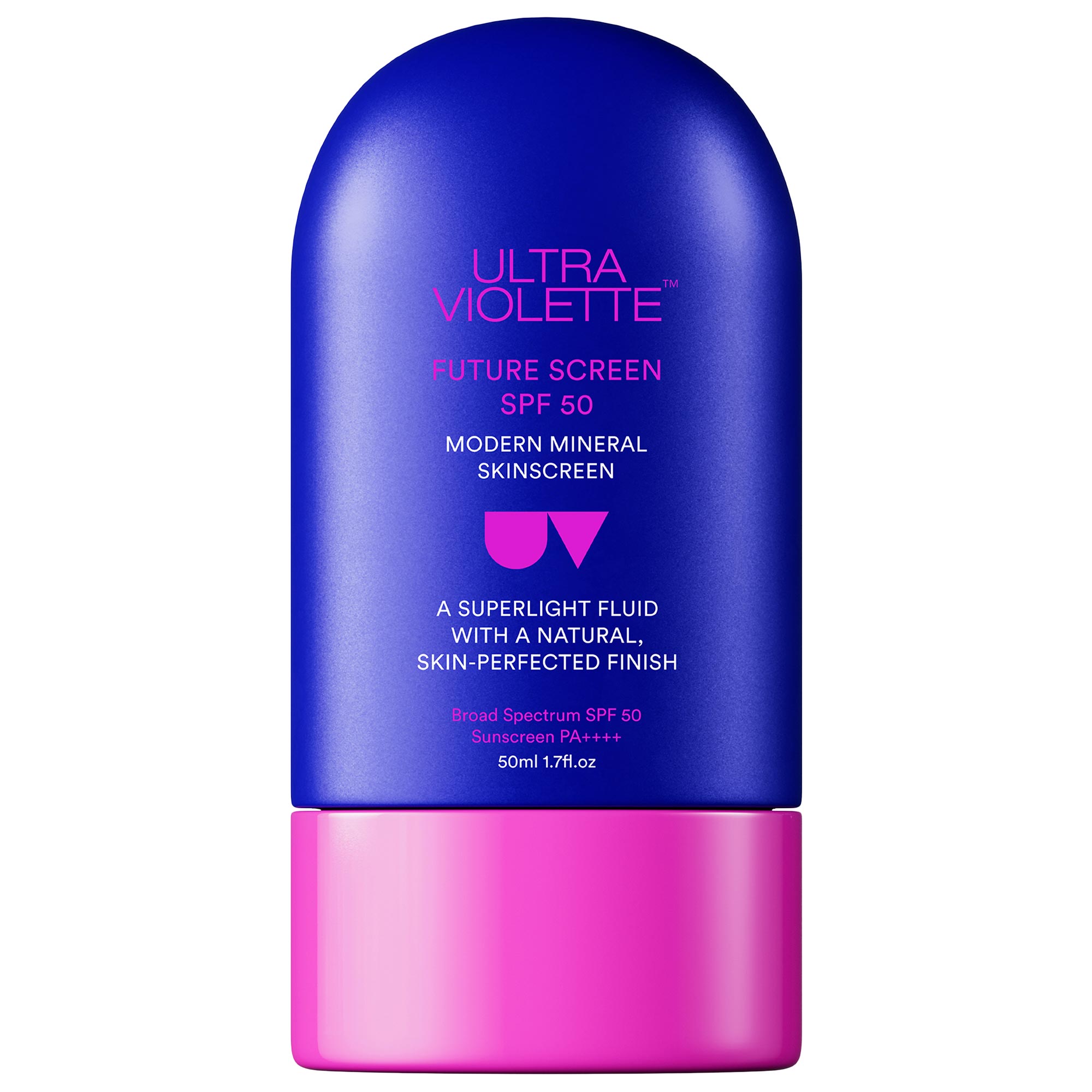
Ultra Violette has been a beauty editor favorite in Australia for years, and now that the brand has landed in the U.S., we're getting reformulated versions that meet American sunscreen standards without losing their Aussie-level protection. Future Screen SPF 50 is the standout: a mineral formula that feels more like a lightweight serum than a traditional zinc sunscreen. It blends in immediately, leaves a soft glow instead of a cast, and includes vitamin E for added antioxidant support. It's everything people say mineral SPF can't be—smooth, wearable, and genuinely easy to use every day.
What I Love: Contains squalane to prevent moisture loss; Fragrance-free formula that's safe for sensitive skin; Non-greasy feel
What I Don't: Although oily and acne-prone skin can use it, they may want to opt for a more mattifying formula
SPF: 50
Broad Spectrum Protection? Yes
Review for MC: "I’m a melasma girlie, which means I have to abstain from chemical sunscreens and instead reach for the (often heavier or chalky) mineral SPFs to prevent new dark patches from cropping up on my cheeks. Luckily, it’s 2025, and brands are getting savvier with their formulations, which means that the dreaded white cast is nowhere to be found—if it’s an exceptional SPF. My newest obsession from this crop of fresh products? The Ultra Violette Future Screen SPF 50 Modern Mineral SKINSCREEN. Australian sunscreens are the best in the world, in my not-so-humble opinion, because they are exposed to the harshest UV rays of any country. They have no choice but to formulate an exceptional sunscreen. And now that the brand is available in the States, my epidermis is so, so grateful. This formula is the ideal medium-weight texture; it blends in seamlessly to the skin, and it doesn’t take a million hours to sink in (helpful for someone who is always short on time in the morning). My skin feels like it can breathe when I wear this, which makes it a pleasure to apply (and reapply). 10/10, no notes." — Hannah Baxter, Beauty Director
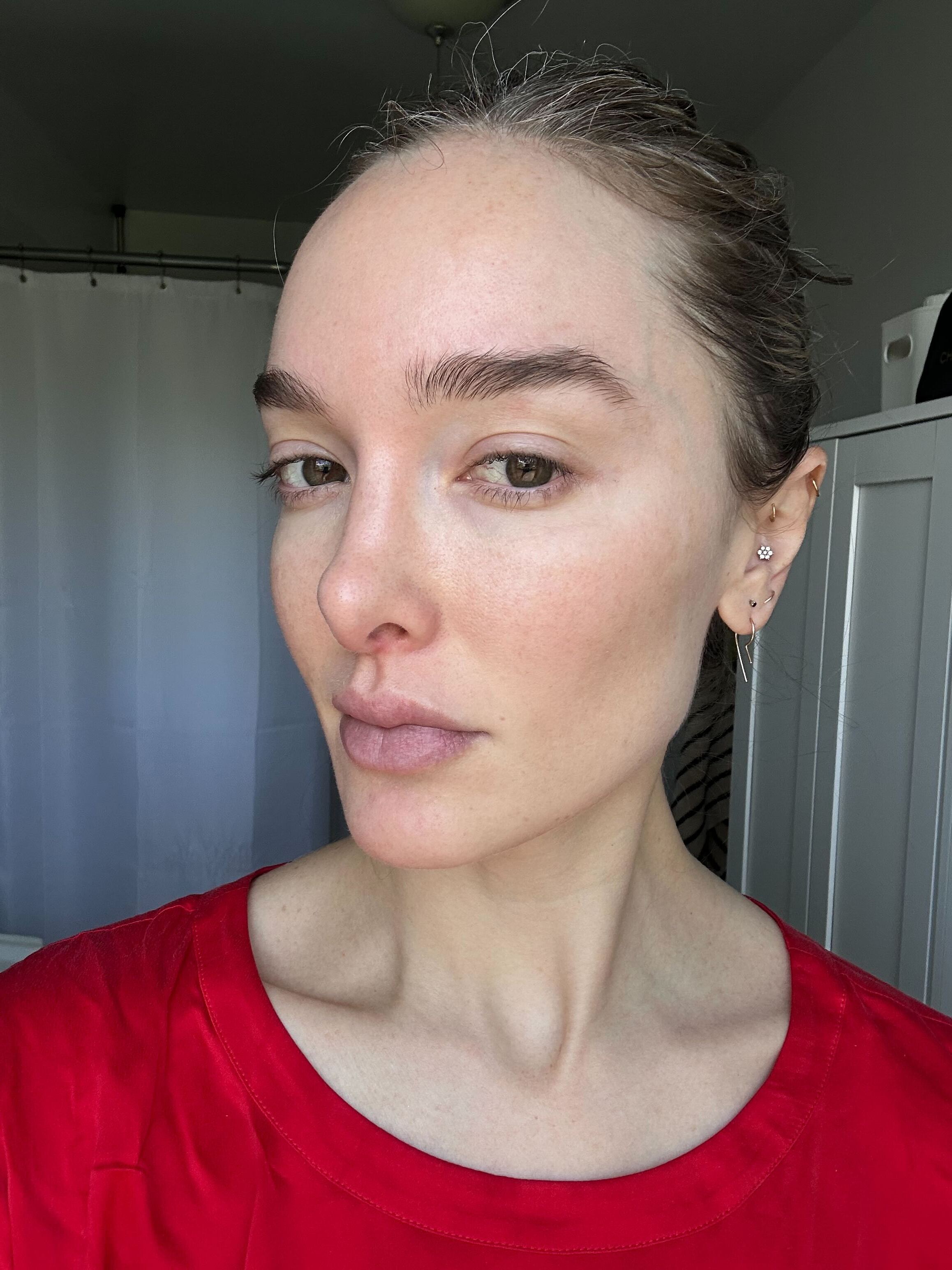
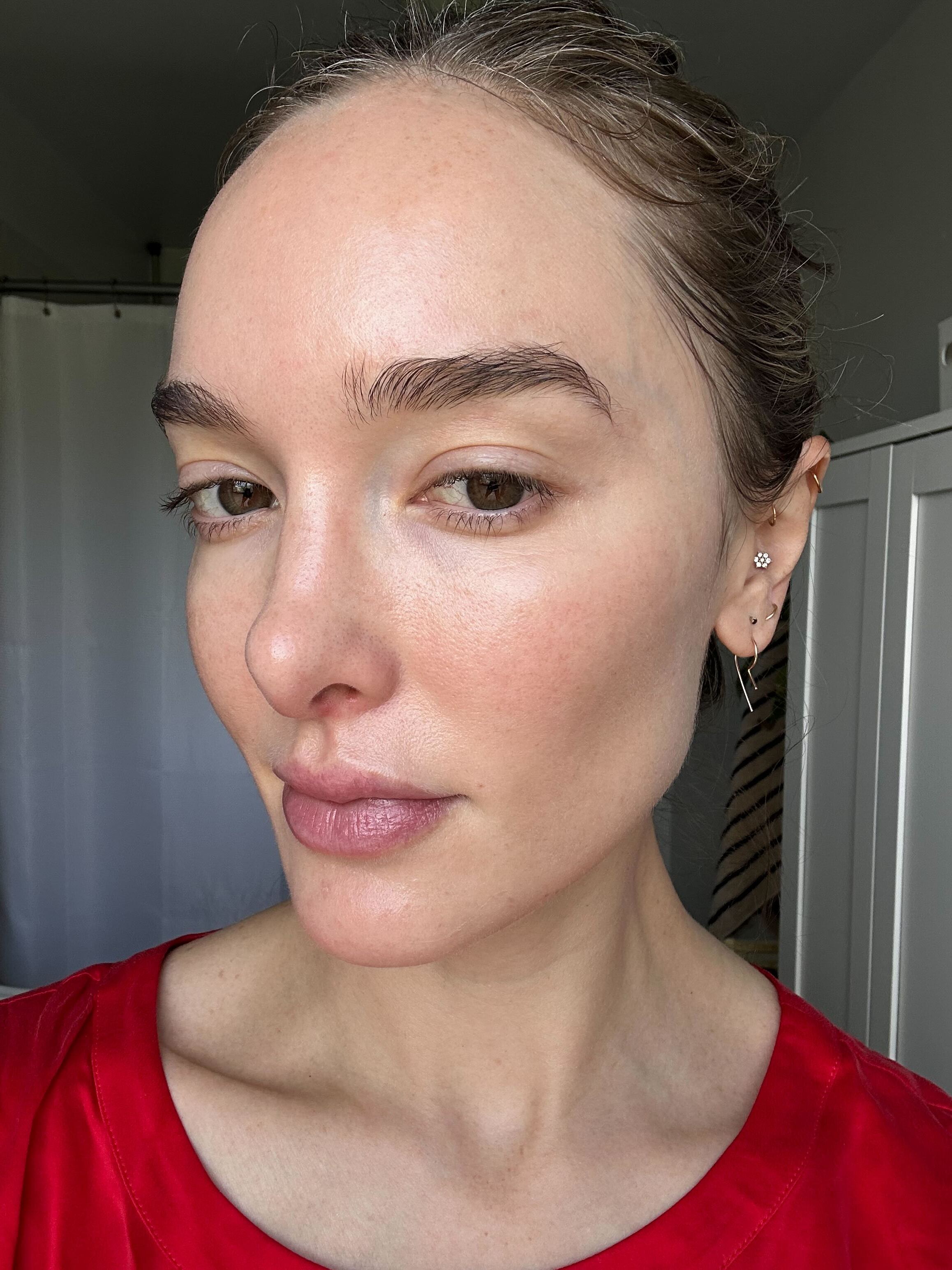

It's no surprise that a Supergoop! formulation landed on this list, considering that the brand is elite at creating elegant, skin-barrier-friendly SPFs. The original Glowscreen—a chemical sunscreen—was such a hit that the brand reformulated the product into a mineral version for those who preferred a physical filter. It comes with two sheens: Sunrise, a champagne glow, and Golden Hour, a bronzed glow. On application, it instantly disappears, leaving the skin with a natural, not glittery radiance.
What I Love: It gives a natural glow rather than a glittery shine; Contains oil-based emollients that add instant moisture
What I Don't: Super fair skin tones may find that the bronze shade is too dark
SPF: 40
Broad Spectrum Protection? Yes
Review for MC: "I struggle with dark under-eyes and dull, dehydrated skin, so it's very important for me to find products that lighten and brighten my face up. I absolutely love this formula because I find that mineral filters work best on my sensitive-prone skin, and this one instantly gives my complexion a pick-me-up." — Lainey Gagliano, Beauty Tester
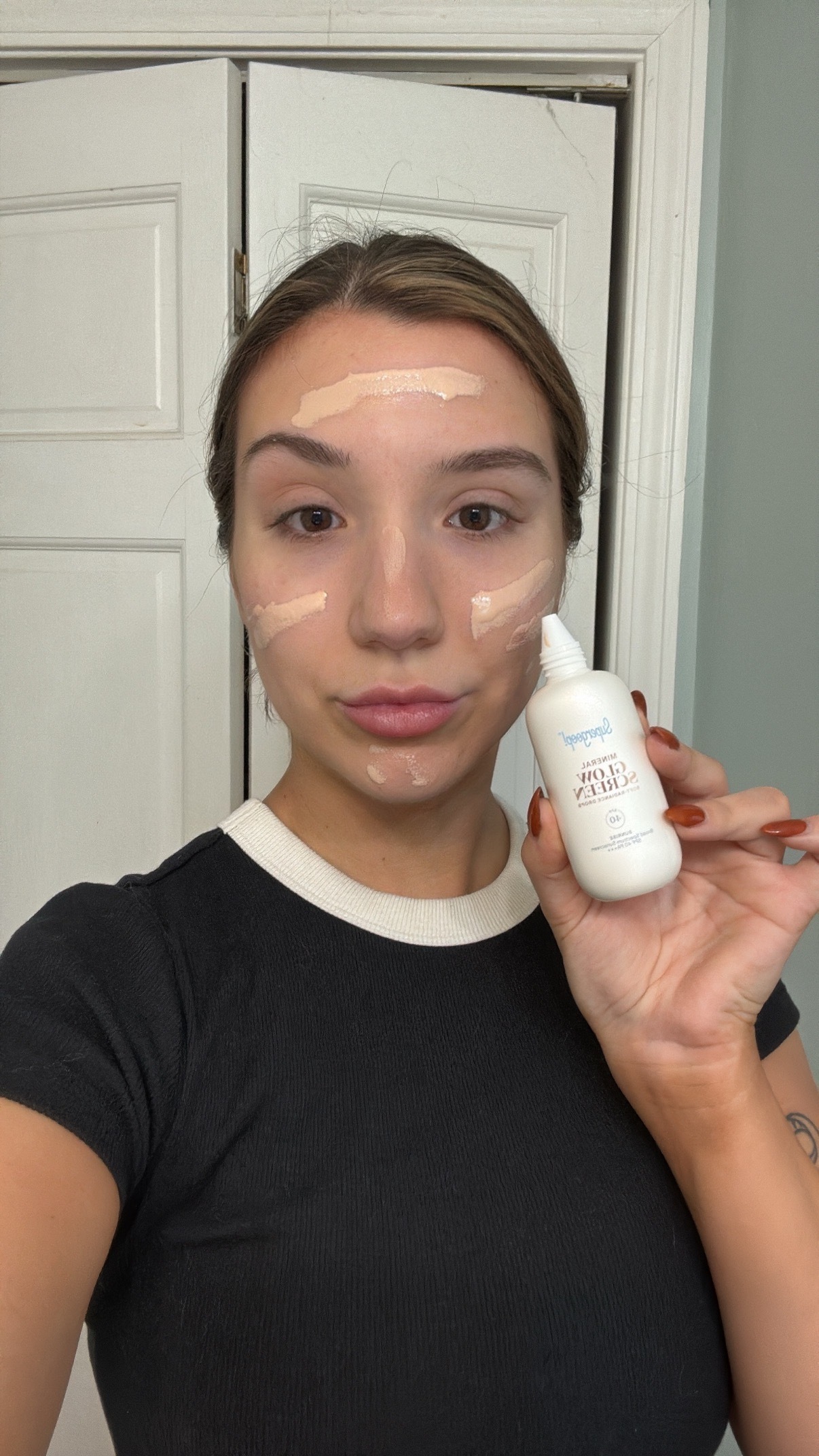
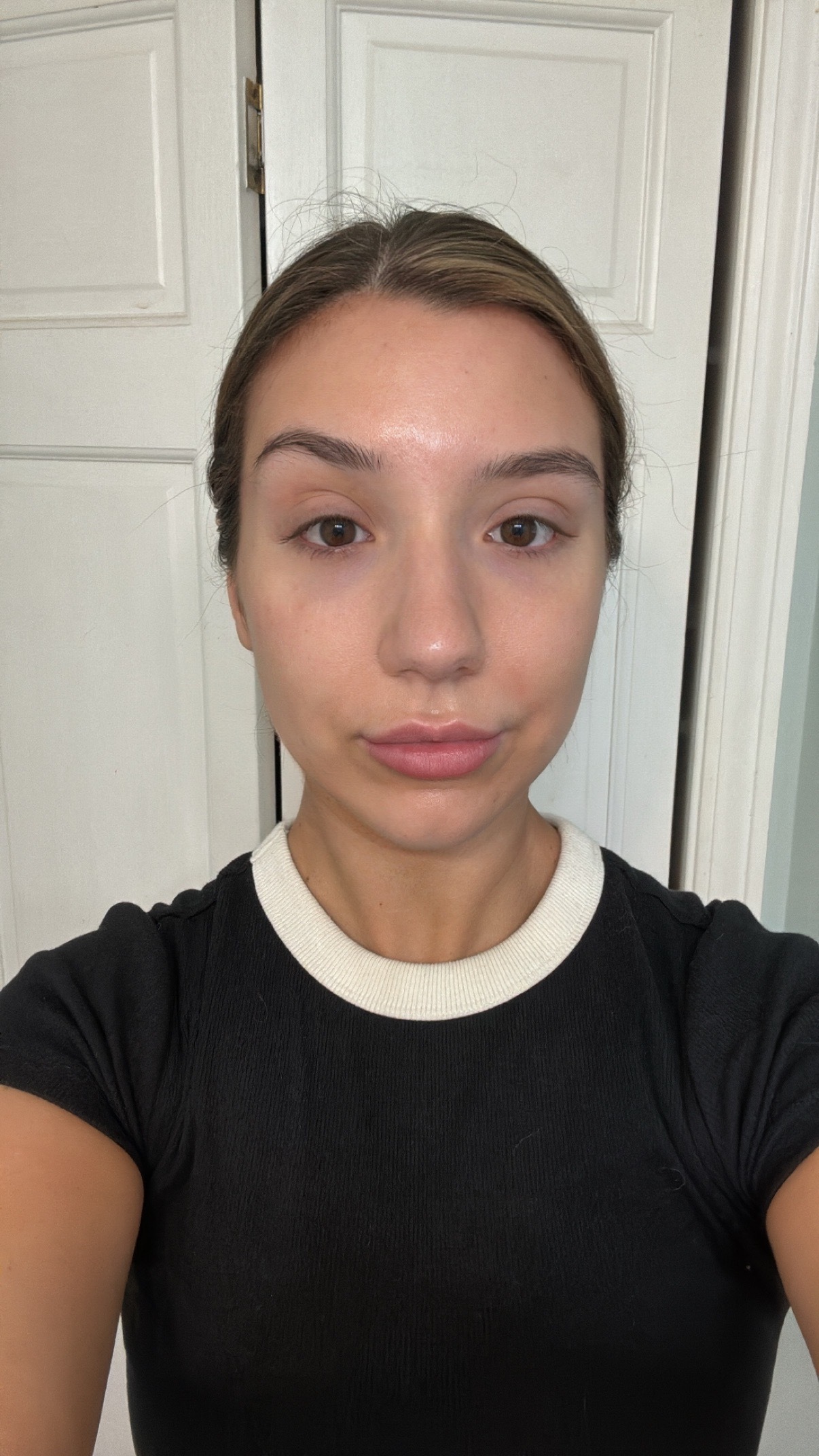
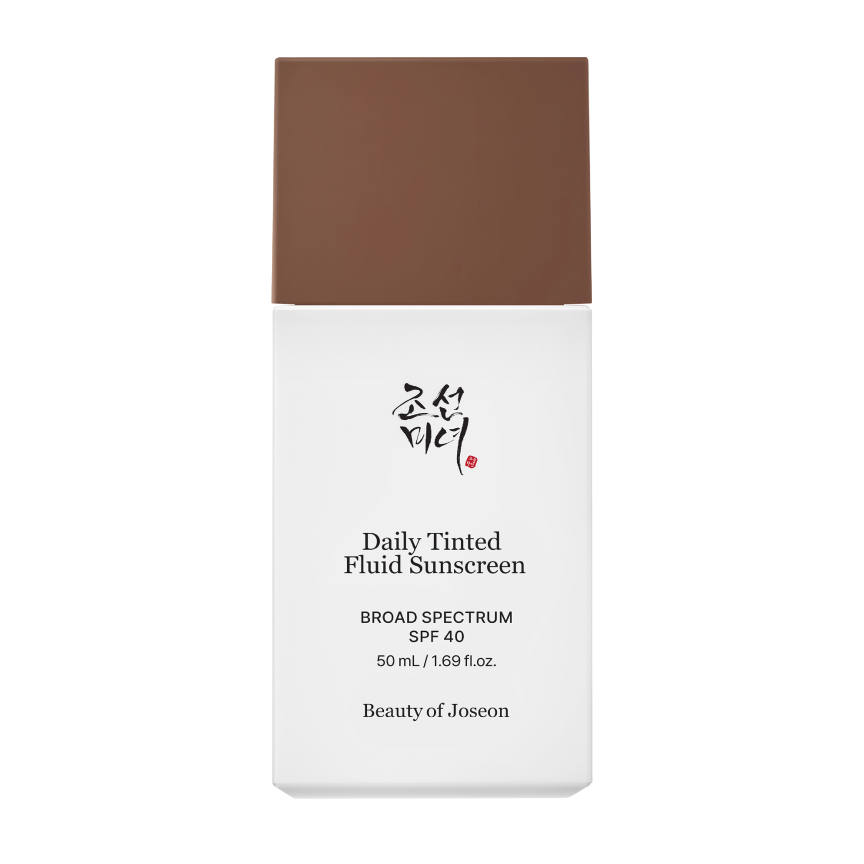
Beauty of Joseon's sunscreens have always had a cult favorite following behind them—I used to hoard tubes from European pharmacies because you couldn't buy the original Relief Sun SPF in the U.S. Back then, the formula didn't meet American FDA requirements, so the brand eventually reworked it with new chemical filters to make it stateside-friendly. Flash forward to 2025, and they released a tinted version that is fully mineral and has quickly become a favorite here at MC. It gives skin a sheer, smooth wash of color that softens texture and evens tone.
What I Love: Breathable formula that doesn't feel at all cakey; Buildable for extra coverage if needed; Online color matching tool is pretty accurate and easy to use
What I Don't: May pill if you don't allow a few minutes for it to dry before applying other products
SPF: 40
Broad Spectrum Protection? Yes
Review for MC: "For years, I've been vehemently against skincare that doubles as makeup, but lately, I've been having a change of heart, partly because of this new sunscreen from Beauty of Joseon. The tinted formula has the largest SPF color range I’ve come across, so I was able to find a shade match easily (mine is MN230). While this product doesn't necessarily provide a ton of coverage on my skin, the slight color that it adds just evens out my complexion, and I don't have that heavy, greasy feeling that I sometimes get at the end of the day when wearing a full face of makeup, which I love." — Ariel Baker, Beauty Writer
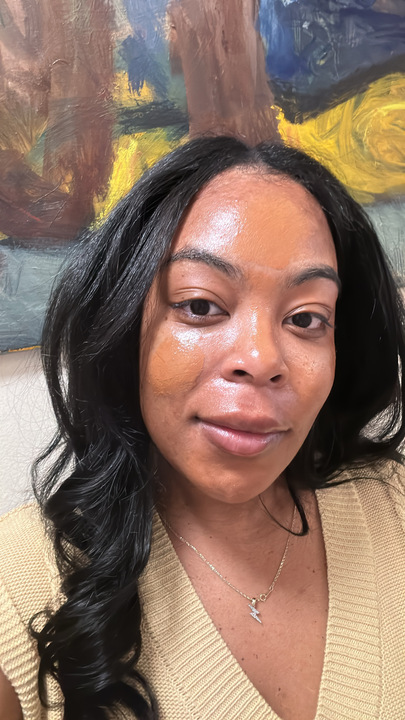
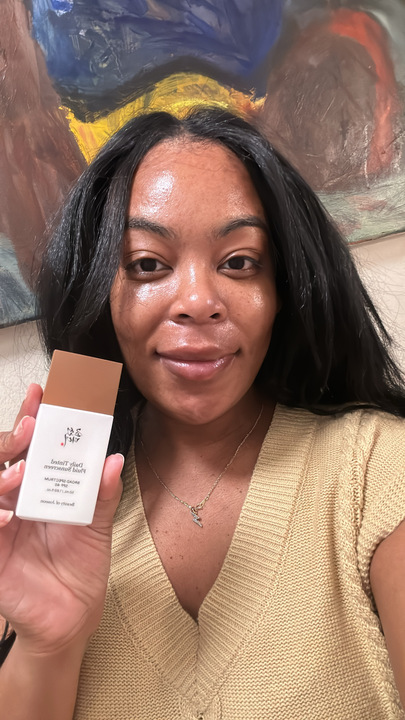
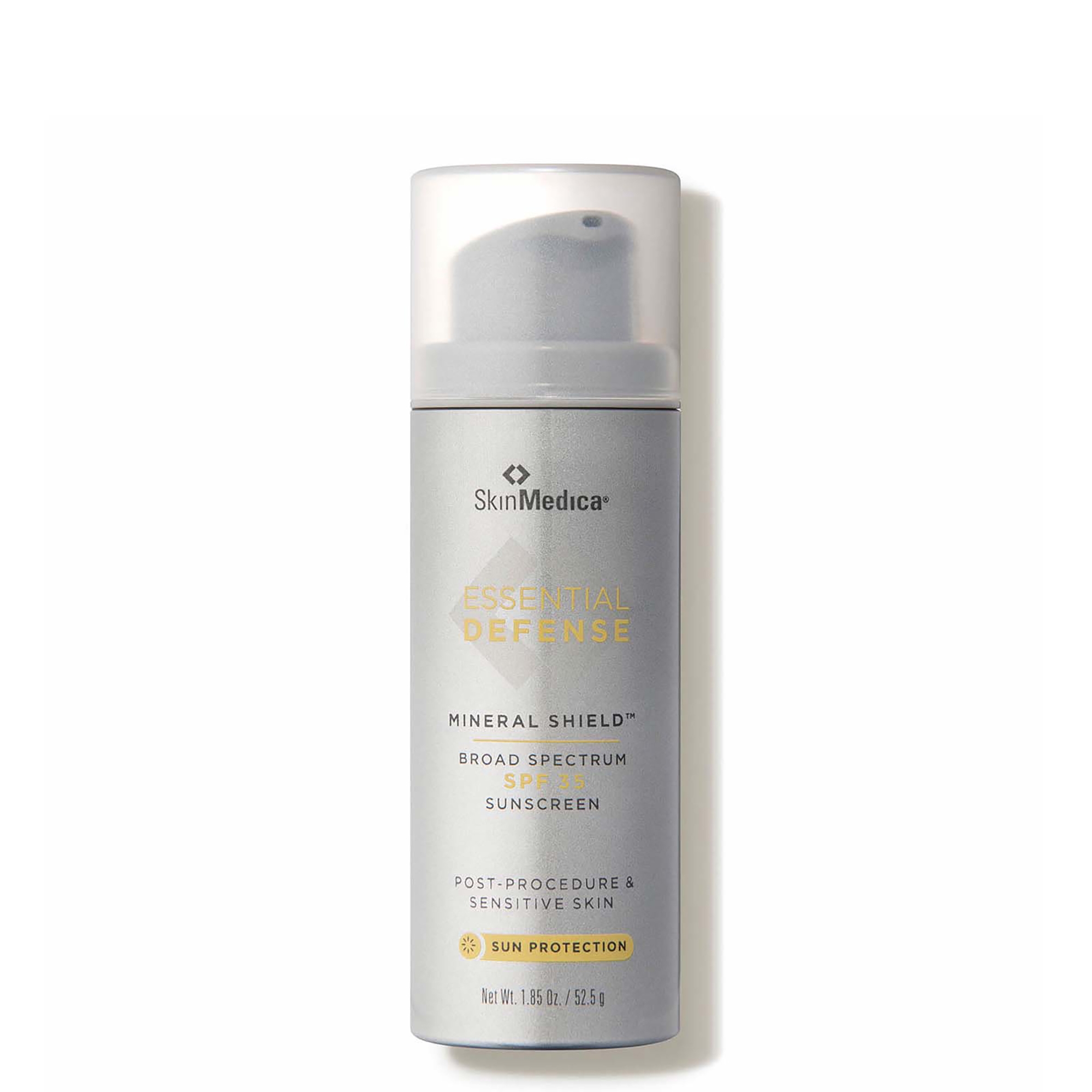
From the company that produces Botox, Allergan, comes this mineral SPF from its skincare line, SkinMedica. And considering its origins, you know this formulation plays nicely with fine lines and wrinkles as well as post-procedure skin. It contains skin-firming caffeine alongside soothing green tea, which works to counteract irritation and redness. The result is super-smooth skin that has a youthful glow and protection from the sun's harmful rays.
What I Love: A great option to use post skin treatments and injections; Green tea helps to calm irritated, angry skin; Fragrance- and oil-free, which makes it great for sensitive complexions
What I Don't: Takes a moment to fully rub in the white cast, so it may not be the best option for deep skin tones
SPF: 35
Broad Spectrum Protection? Yes
Review for MC: "As I've gotten older—I'm 57 now—my skin has become increasingly more sensitive. As you can guess, that makes finding products that play nicely with it a task. This one, though, has no uncomfortable stinging feeling that I find happens with some of my old SPFs. It instantly soothes my skin, leaving it feeling comfortable and calm." — Heather Gagliano, Beauty Tester

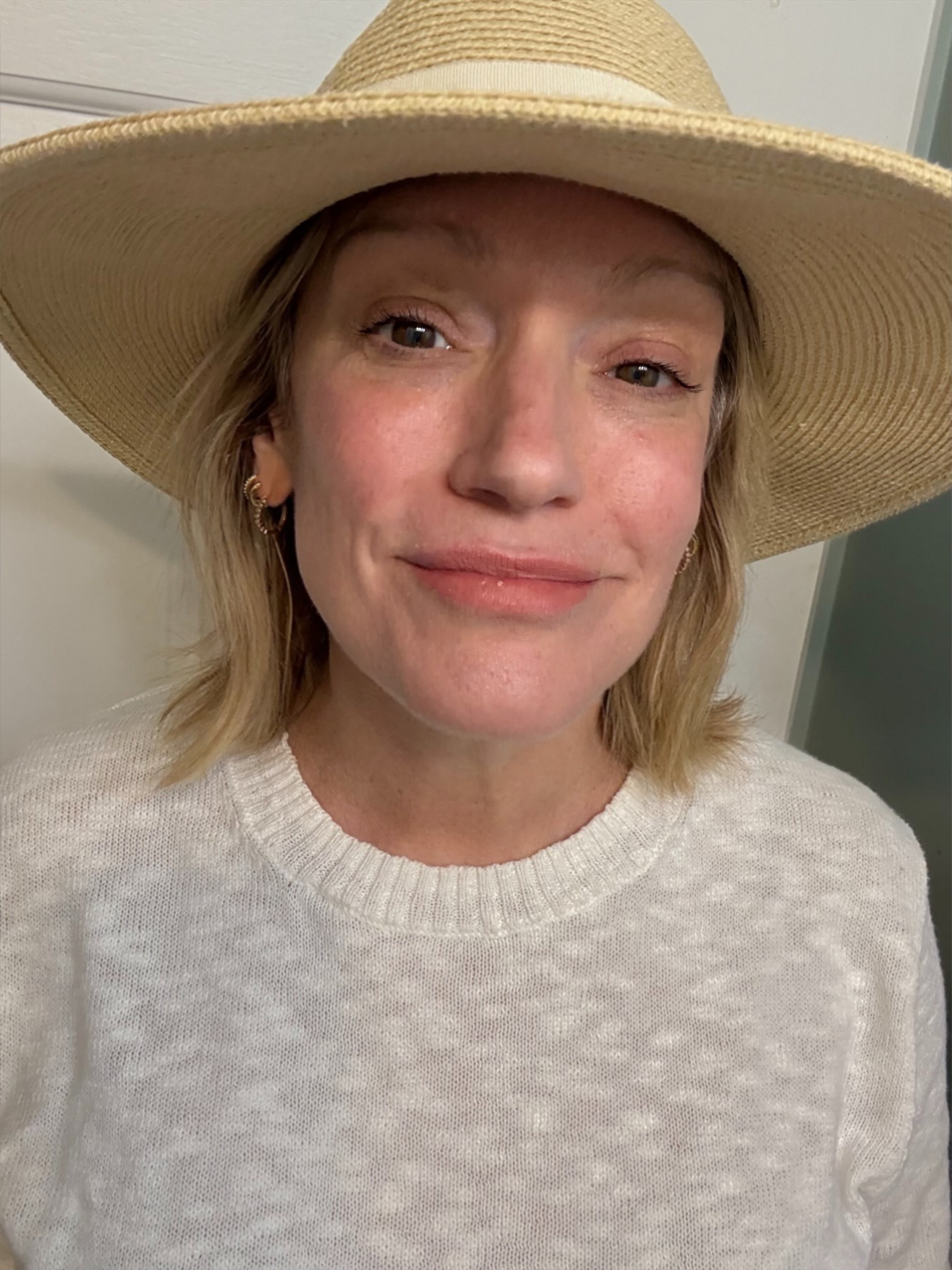
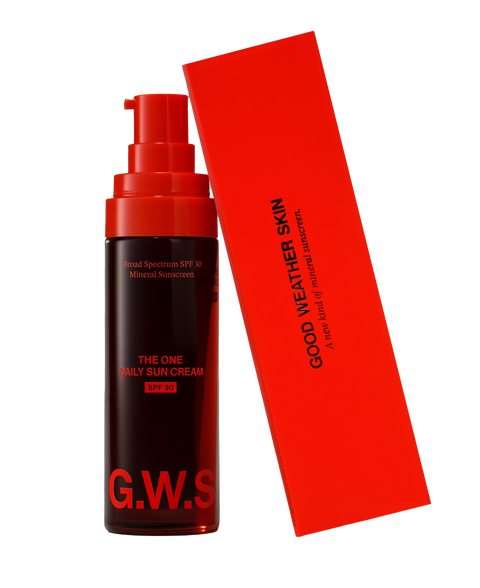
The One from Good Weather Skin is one of those rare mineral SPFs that genuinely feels like skincare. It uses zinc oxide as the filter, but the texture reads more like a pillowy moisturizer—smooth, quick to sink in, and comfortable even on the most sensitive of skin. Instead of the usual white mineral formula, it has a soft yellow tint that melts into every skin tone and leaves a natural, healthy finish rather than an overly dewy sheen.
What I Love: Contains skin-firming peptides and smoothing niacinamide for an even, plump complexion; Testers note that their sensitive skin feels comfortable with the SPF thanks to the fragrance-free and clean formula
What I Don't: May feel a slight tacky texture until the formula dries down
SPF: 30
Broad Spectrum Protection? Yes
Review for MC: "It took about 20 seconds to blend the formula into my skin, which is pretty fast for a mineral SPF (sometimes I need a full minute for my heavy-duty mineral sunscreens that I wear to the beach) and to my surprise and delight, all that I could see was a dewy, healthy glow. No remnants of sunscreen remained; everything absorbed with a pleasantly smooth, seamless finish. I also didn't feel like I had a heavy coating on my skin, despite the amount of product that I used. My complexion could still breathe, and after waiting five minutes to switch to makeup (again, this helps to avoid pilling), the sunscreen acted as a lovely base for my cream blush and highlighter." — Hannah Baxter, Beauty Director



This past year, celebrity makeup artist Nikki DeRoest’s beauty brand, Ciele's priming SPF, has quickly become a staple in my makeup routine as it doubles as a sunscreen and smoothing primer. The formula uses mineral filters for a broad-spectrum SPF 30 protection, but what makes it stand out is how easily it blends under makeup—zero pilling or patchiness. It instantly softens uneven tone and texture, and includes antioxidants to guard against environmental aggressors throughout the day.
What I Love: Safe for acne-prone skin; Blurs pores and texture; Slightly tinted color that won’t show on skin prevents a white cast
What I Don't: Because it's makeup, you'll have to ensure you're using enough for adequate protection, or, instead, use a dedicated SPF in tandem
SPF: 30
Broad Spectrum Protection? Yes
Review for MC: "As someone with incredibly sensitive, highly reactive skin, I rarely switch up my sunscreen. I’ve had the same two on tap for the past five years. That being said, it takes a truly impeccable formula to steal my loyalty. Such was the case with celebrity makeup artist Nikki DeRoest’s just-launched SPF. The fragrance-free formula has a silky texture that glides onto my skin like silk and imparts a soft, subtle, glowy sheen. It leaves my skin refined and smooth without any foundation." — Samantha Holender, Senior Beauty Editor
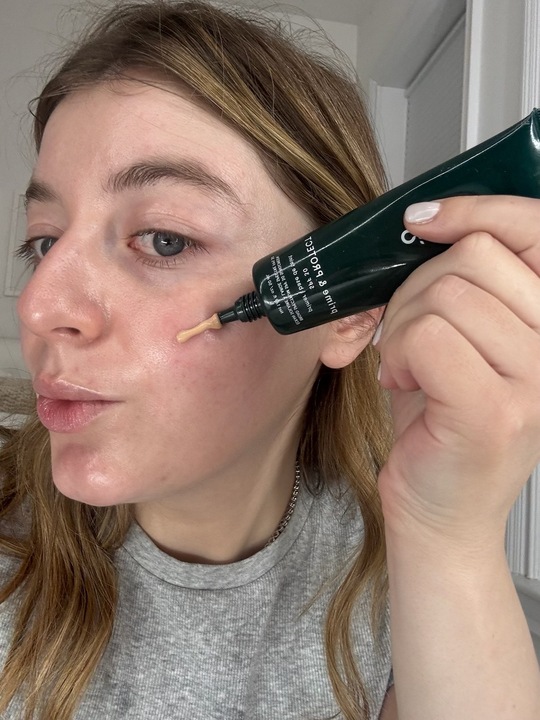

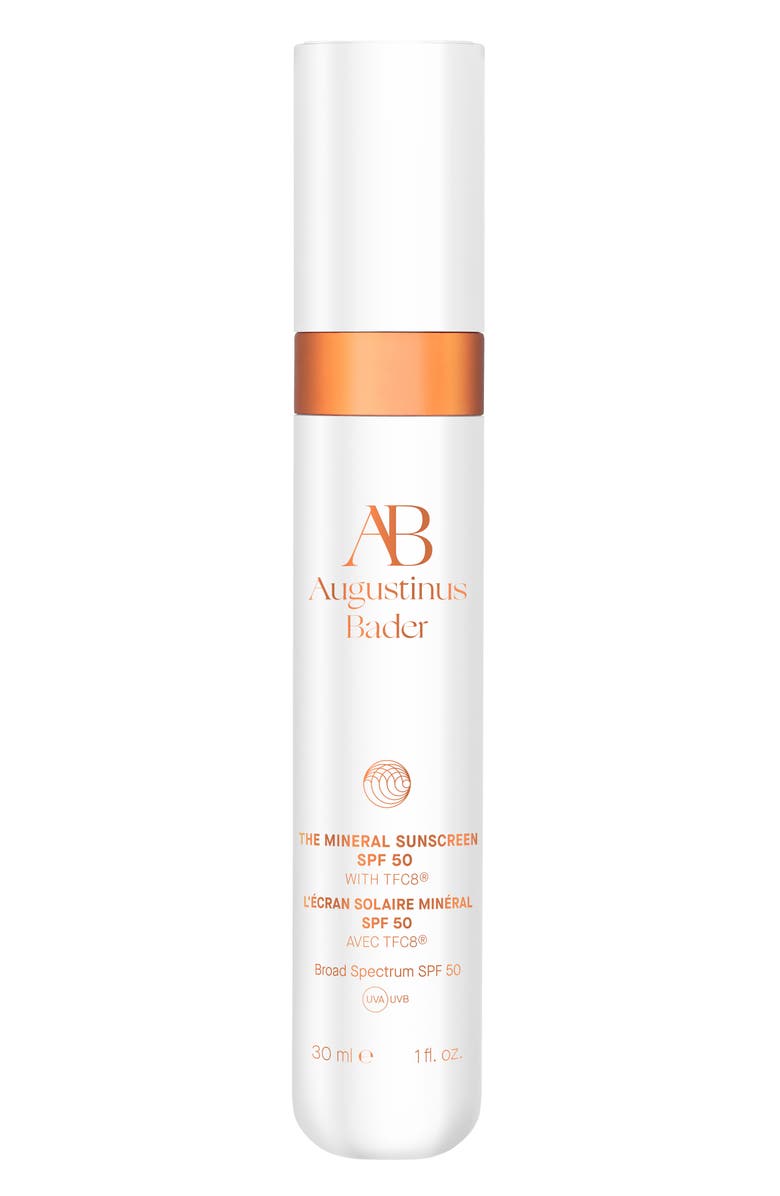
Want a luxury, fine-line reducing addition to your skincare routine? Same, that's why I picked up Augustinus Bader's formula. The texture is soft and blendable, smoothing over skin without a typical mineral heaviness. The TFC8 complex—a peptide blend that helps boost collagen and firm fine lines over time—drives the formulation's price, but you'll soon forget about it when you see how youthful your skin looks with consistent use.
What I Love: A great option for mature skin; Works at a cellular level to produce collagen; Has the texture of the iconic Augustinus Bader The Rich Cream
What I Don't: Testers with darker skin tones reported a white cast
SPF: 50
Type: Mineral
Broad Spectrum Protection? Yes
Review for MC: "This SPF is definitely a thicker formulation and takes a moment to rub in. That said, it has become my go-to for everyday wear thanks to its ability to act as my moisturizer. The additional active ingredients (hi, oils, vitamin E, and squalane) perform like skincare, so all I do is add a hydrating serum, warm the formula up with my fingers, and rub it in until it disappears. My skin feels so soft and smooth, and most of all, protected." — Siena Gagliano, Beauty Editor

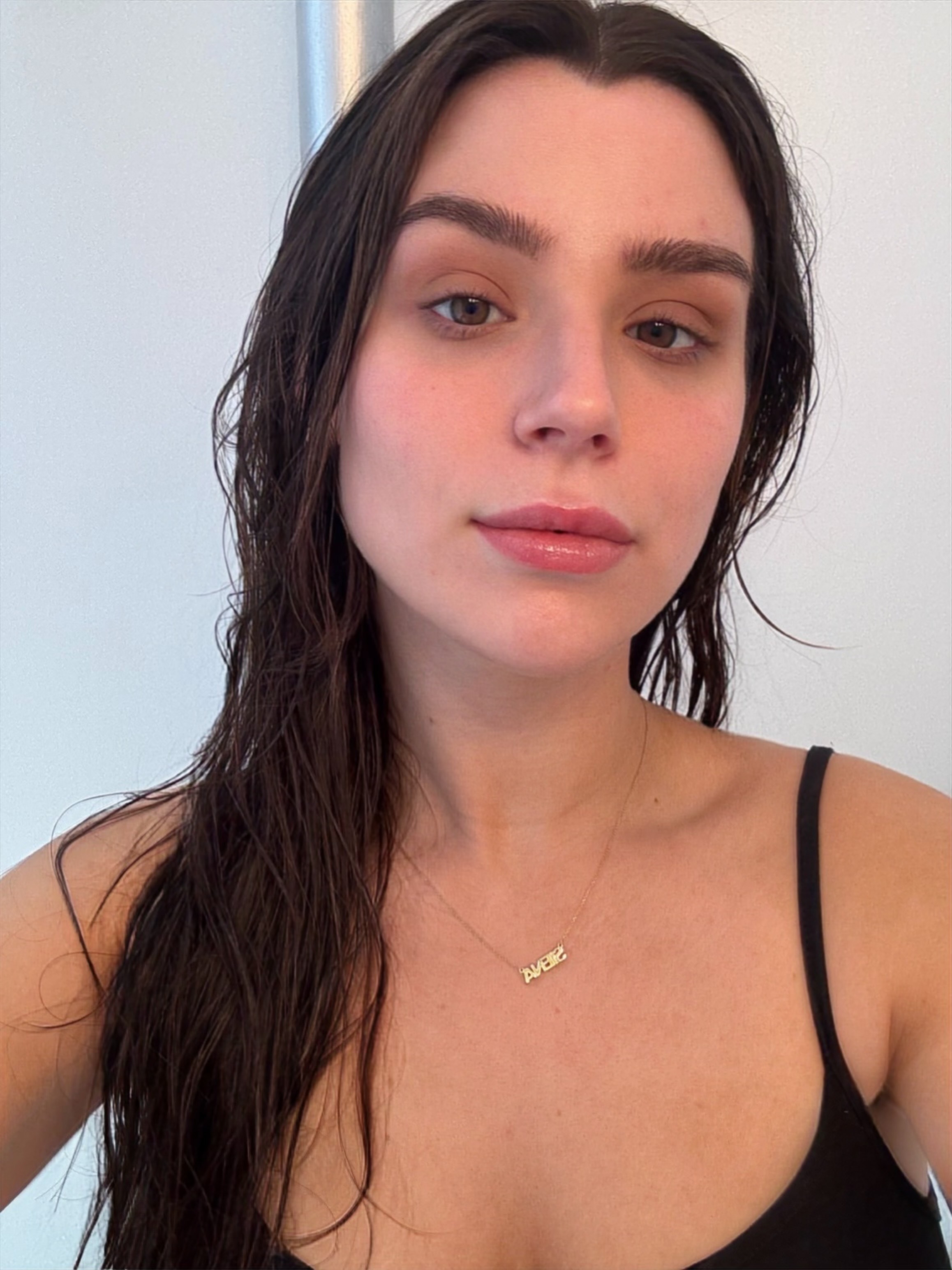
What Is the Difference Between Chemical and Mineral SPF?
The actual sun protection of a sunscreen comes down to the UV filters, which fall into only two categories: chemical and mineral. There is no one formula that is better than the other, because at the end of the day, the best type of sunscreen is one that you'll use diligently and apply often. That said, those with specific skin concerns or texture preferences may prefer one over the other. Here, board-certified dermatologist Mona Gohara, M.D., breaks it down.
- Mineral
Mineral sunscreens, also known as physical sunscreens, sit on the skin's surface and reflect and scatter harmful UV rays—think of it like a shield. Zinc oxide and/or titanium dioxide are the mineral sunscreen filters responsible for this deflection. These are often an excellent choice for sensitive, acne-prone, or post-procedure skin since they’re less likely to irritate.
- Chemical
Chemical sunscreens absorb UV rays and convert them into heat, similar to a sponge. In chemical sunscreens, you can find common U.S. ingredients like avobenzone, oxybenzone, octocrylene, octisalate, octinoxate, and homosalate. These filters are usually sheer, smooth, and lightweight compared to mineral sunscreens and are better suited for deeper skin tones because they don't leave a white cast.
How Do I Choose the Best Mineral SPF?
- Ingredients
Because mineral sunscreens act like a shield rather than a sponge, explains Dr. Cheung, they begin to work immediately, tend to be more stable, and are often soothing. For the highest level of protection, she says to "look for 'broad-spectrum' plus at least SPF 30, and make sure zinc oxide is one of the first ingredients."
Cheung adds that the chalky finish many people associate with mineral SPF comes from larger zinc and titanium particles that scatter visible light. Newer technologies—like micronized or coated minerals, iron oxide pigments, and sheer tinted bases—can help them blend more seamlessly, even on deeper skin tones. Tinted mineral SPFs with iron oxides are especially helpful for anyone dealing with hyperpigmentation or melasma, since they protect against visible light as well.
- Texture
The most wearable mineral sunscreens often use textures that are lighter in weight. According to Dr. Cheung, "the most elegant textures tend to be lightweight fluids, gel-creams, silicone-enhanced lotions, and tinted emulsions," because they glide on smoothly and don't pill the way thicker zinc formulas can. Powder mineral SPFs, she adds, make excellent touch-up options throughout the day or over makeup. (As well as dedicated SPF face mists!)
- Skin Type or Concern
Dr. Cheung says she actually prefers mineral sunscreens "for all skin types and concerns," but they're particularly useful for sensitive or acne-prone skin because zinc oxide is "inherently calming" They're also a better match for rosacea or melasma, both of which are heat-sensitive conditions—making mineral filters a safe bet compared to chemical filters, which convert UV into heat.
Why Trust Marie Claire
For more than 30 years, Marie Claire has been an internationally recognized destination for news, fashion, and beauty trends, investigative packages, and more. When it comes to the products Marie Claire recommends, we take your faith in us seriously. Every product that we feature comes personally recommended by a Marie Claire writer or editor, or by an expert we’ve spoken to firsthand.
How We Tested
Marie Claire Beauty Editor Siena Gagliano underwent a rigorous testing period, reviewing dozens of mineral sunscreens. After consulting dermatologists and skin experts to determine the top picks, she tested the SPFs on her own skin, considering how they feel, how they apply, the ingredients, and results, to compile this list of the eight best mineral sunscreens.
Meet The Experts

Chicago, Illinois and New York City. Her focus is on cosmetics, anti-aging and regenerative medicine, hormone replacement therapy, and sexual health.
Dr. Cheung is a speaker and trainer for threadlifts, fillers, biologic tissue products, and laser devices. She has held faculty appointments at New York University Medical Center and Rush University Medical Center, and is now exclusively in private practice with an international clientele.
She is also a member of several esteemed associations, including the American Society for Laser Medicine & Surgery. She has been in practice for over 15 years, utilizing evidence-based treatments that have proven results for a full spectrum of skin colors, tones and types.
Dr. Cheung stays on the cutting edge of technology and advanced techniques with regular engagement in international seminars.
Currently, Dr. Cheung is a key opinion leader (KOL), speaker, and trainer from Mint PDO threads, Miracu PDO threads, Radiesse, Sylfirm RF, and Fotona laser.

Dr. Mona Gohara, a Yale-trained board-certified dermatologist and former chief resident at Yale New Haven Hospital, is an associate clinical professor at Yale, where she continues to teach and mentor. As President of the Women's Dermatologic Society and chair of several committees for the American Academy of Dermatology and the American Society for Dermatologic Surgery, Dr. Gohara is a recognized leader in her field. A trusted medical expert, she frequently contributes to Marie Claire, ELLE, Cosmopolitan, Vogue, and more, and serves on the advisory board for Women's Health. Her clinical focus and interests include skin of color and both medical and surgical dermatology.
Get exclusive access to fashion and beauty trends, hot-off-the-press celebrity news, and more.
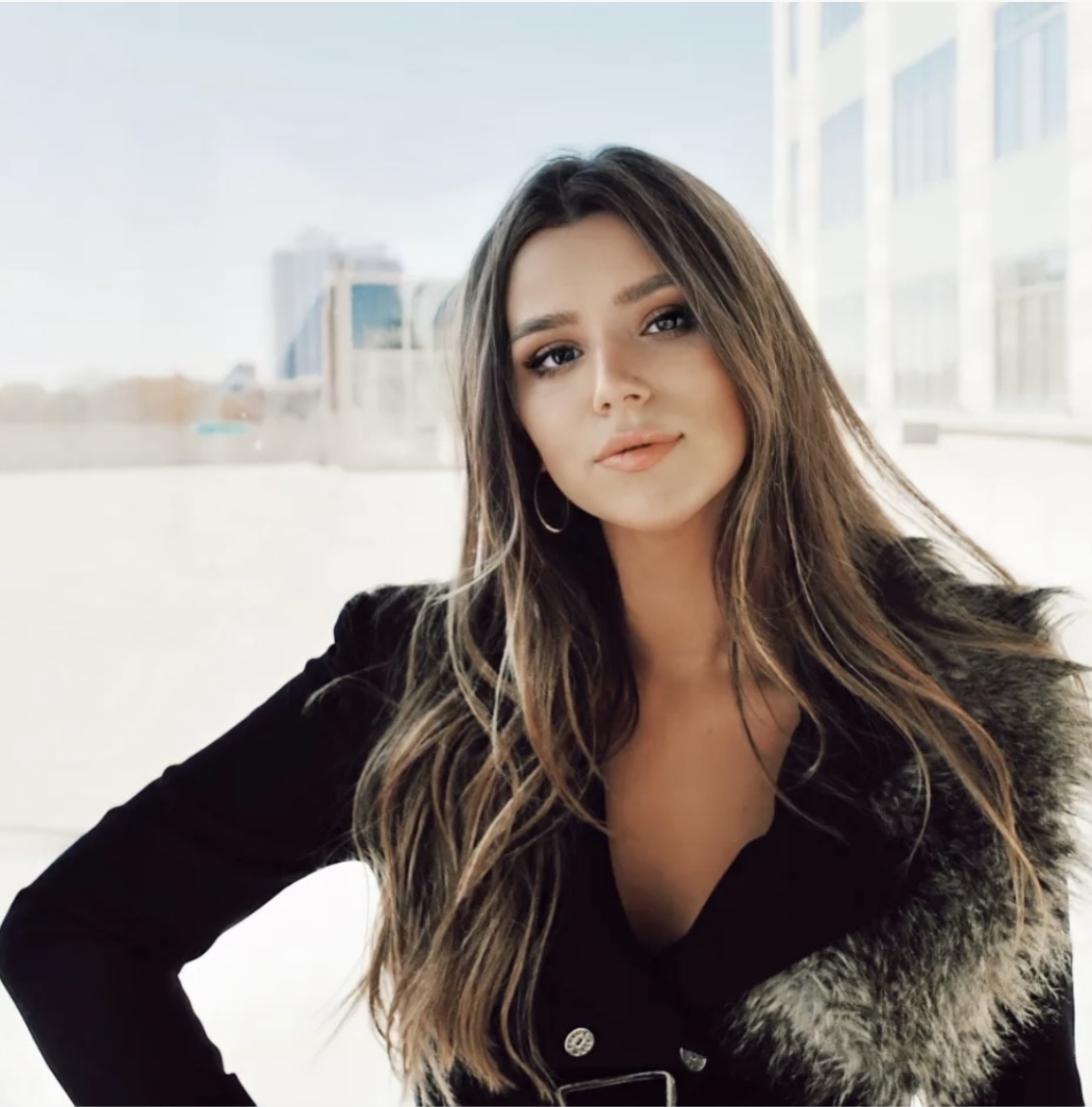
Siena Gagliano is the Beauty Editor at Marie Claire, where she writes and edits reported features, trend stories, and expert-backed shopping roundups. Before joining the team full-time, she was an editor at Cosmopolitan, where she specialized in SEO-first beauty content and commerce strategy. Her bylines have also appeared in Allure, ELLE, Bustle, Well+Good, Popsugar, and Women's Health, covering everything from the best products for brighter, glowier skin to the science behind face mapping. Curious about the behind-the-scenes magazine life and her go-to beauty picks? Follow her on Instagram at @sienagagliano.